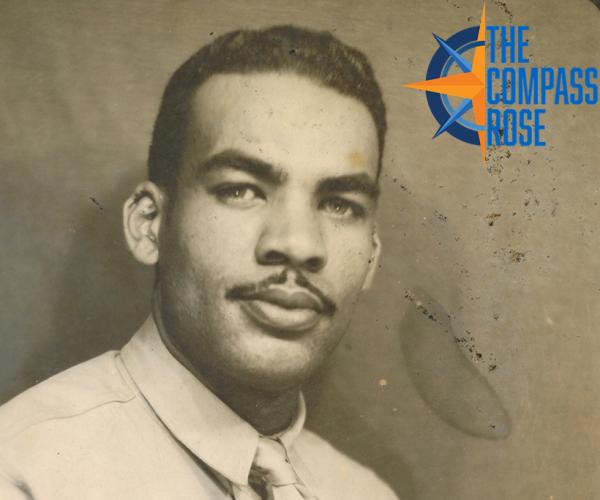
80 Years On: Special Collections Remembers the Beginning of WWII
The purpose of The Compass Rose is to raise awareness of Special Collections' resources and to foster the use of these resources. The blog series also reports significant new programs, initiatives, and acquisitions of Special Collections.
UTA Special Collections holds photographs, archival collections, and books that preserve and honor the legacies of the people who have served in the military. From the time of the Texas Revolution to the current day, Texans have valiantly and honorably served their nation and state. Over 750,000 Texans served during World War II, and more than a million and a half personnel were trained in Texas. Today, we present just a small portion of our collection materials regarding military service in remembrance of the 80th anniversary of the attack on Pearl Harbor.
The Boydstun family became prominent during World War II for their immense sacrifice for their country, and for the work they did to support servicemen abroad. James Jasper (J.J.) Boydstun and his wife Ivy Ward lived in Fort Worth, Texas, and had six children. Ira Seth, their eldest son, was born on May 10, 1908. Iva Isabel, their only daughter, was born on September 28, 1910. William James was born on January 21, 1914. Robert was born on December 29, 1916. Ward was born on August 24, 1919, and Don Jasper, the youngest of the family, was born on June 7, 1922. William, Robert, Ward, and Don Jasper would serve in the military during the war.
Don Jasper joined the Navy after graduating from High School. He served on the USS Arizona, and on December 7, 1941, he lost his life during the attack on Pearl Harbor. His remains were never recovered, and now rest alongside 900 fellow shipmates.
Ward became a Second Lieutenant and served in the 344th Bomber Squadron, 98th Bomber Group. He would make the ultimate sacrifice on January 19, 1943, in Sicily, where his plane was shot down and he was declared missing in action. His name is memorialized on the Tablets of the Missing, Sicily-Rome American Cemetery.
William became a Lieutenant Colonel, 317th Infantry 80th Division, in 1944. On January 21, 1945, William, too, made the ultimate sacrifice at the Battle of the Bulge. His remains rest at the Luxembourg American Cemetery and Memorial.
Robert served in the Pacific as a 2nd Lieutenant, 4th Division, 25th Marines, and was the only brother to return home from war.
J.J. and Ivy Ward spent much of their lives supporting servicemen through letter writing campaigns meant to help ease the loneliness of those serving abroad, and memorializing their sons who laid down their lives for their country.
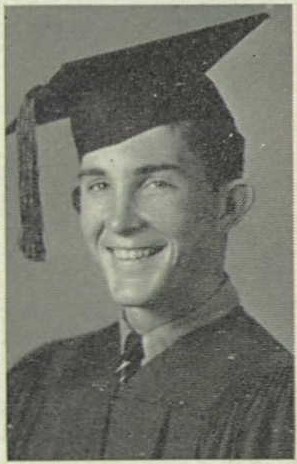
Photograph identified as Don Jasper from the North Side High School yearbook, Fort Worth, Texas, 1941
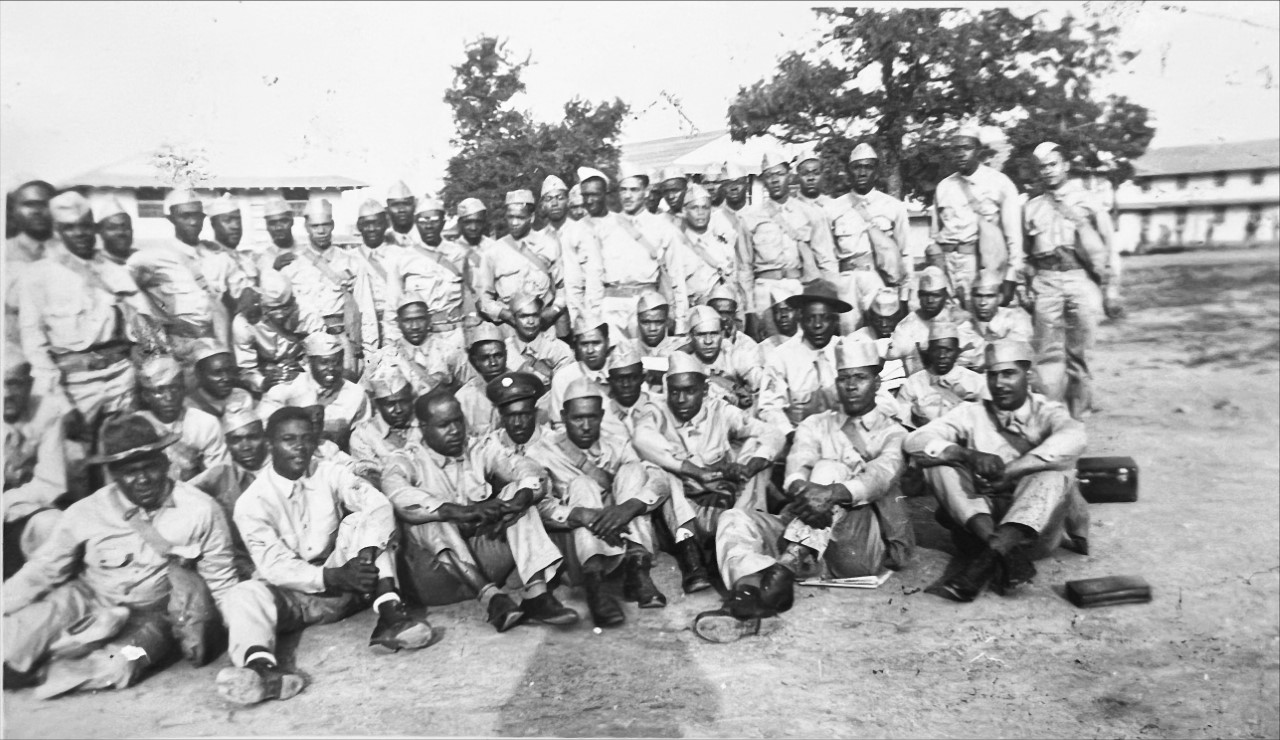
Group photograph of the 614th Tank Destroyer Battalion
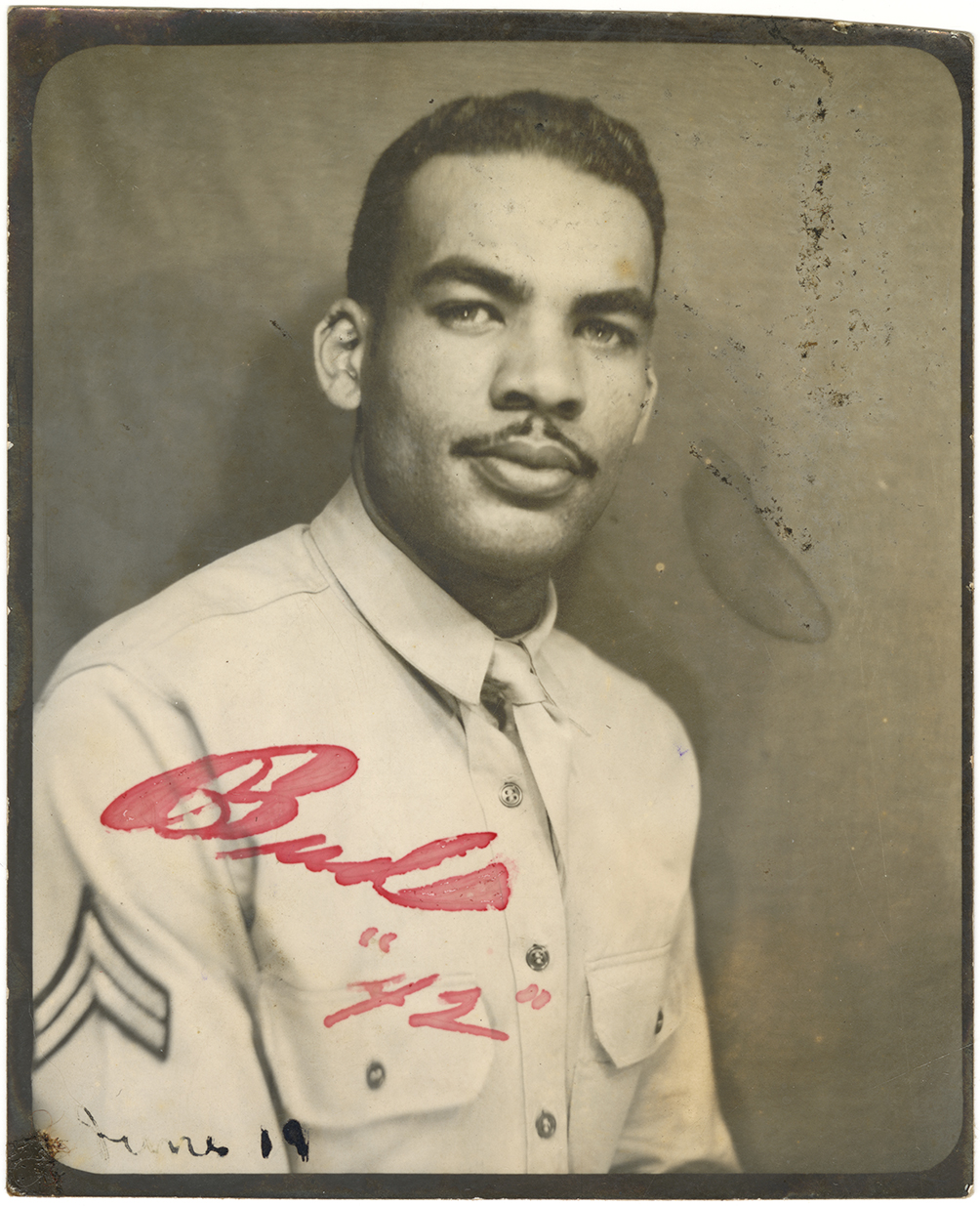
Sergeant Gordon B. McGinnis
Sergeant Gordon B. McGinnis was born on March 4, 1919, in Ridgeway, Ohio, to Blaine McGinnis and Nora E. Brown. While not Texas born, he was one of the over million and a half people who trained in Texas. In 1940 he registered to serve in the military, but was not called to duty until 1942. McGinnis was first sent to the Infantry Replacement Training Center at Camp Wolters, Texas, where he was assigned to the 614th Tank Destroyer Battalion, Company B. This was a segregated unit. While Black and white servicemen would serve in the same army for the same cause, segregation was enforced throughout the army: in the Gordon McGinnis collection is his card for the Library for Colored Troops at Camp Wolters.
More than one million African Americans served in the military during World War II. McGinnis served on the European front, writing to his family about the progress of his training and later to The Ohio State News about his time in Europe. McGinnis wrote about the strength and speed of the tank destroyer battalion, and how their service at Luneville, France, was "the beginning of our real test, as to whether a colored outfit of this type could take it or not, and we've been battling right along with the white boys of the division ever since." He noted that the 614th division "was the first colored outfit of its kind to go on maneuvers in Louisiana and the first to see action in the European theatre of operations."
McGinnis survived the war, and died on June 1, 2002, at Logan, Ohio. He was buried at Ridgeway Cemetery.
Dr. Héctor P. Garcia was born in Llera, Tamaulipas, México, on January 17, 1914, and grew up in Mercedes, Texas, after his family fled the Mexican Revolution in 1917. His parents, José García and Faustina Pérez García, encouraged their children to be hard-working and studious. Garcia studied medicine, earning his doctorate from the University of Texas Medical School in Galveston. He was unable to obtain a residency in Texas, and left the state to St. Joseph's Hospital at Creighton University, Omaha, Nebraska. After completing his residency, he served in the army beginning in 1942. He served on the Western front, becoming a Major and earning several medals through his service. He married Wanda Fusillo of Naples, Italy, in 1945.
After the war, he practiced medicine in Corpus Christi, where he was known as "doctor to the barrios", serving the financially limited community. Dr. Garcia was moved by the discrimination faced by his community and worked with Mexican American veterans to file claims with the Veteran's Administration and receive better healthcare. He called for a community meeting March 26, 1948, to address discrimination against Mexican American Veterans. This group was named the American G.I. Forum to emphasize the membership of veterans and their loyalty to the American ideas of freedom and equality.
In 1949, a funeral home in Three Rivers, Texas, refused to bury the remains of Private Felix Longoria. Longoria had been killed in the line of duty in the Philippines in 1945. Dr. Garcia and the American G.I. Forum worked with Senator Lyndon B. Johnson, and Private Longoria was buried in Arlington National Cemetery. The American G.I. Forum continues the legacy of Dr. Garcia in advocating for the rights of Mexican American veterans through protests and political advocacy.
Dr. Garcia died in Corpus Christi on July 26, 1966, and was buried at Seaside Memorial Park.
Around 25,000 Native Americans served in the military during World War II. From Private Ira Hayes at Iwo Jima to the Navajo code talkers, Native Americans served valiantly on every front and at five times the national average. Many servicemen incorporated cultural warfare practices into their service.
Lieutenant Ernest Childers and Sergeant Bill Goforth were not from Texas, but like Sergeant McGinnis, passed through the state for training. Native American veterans faced discrimination but did not serve in segregated units. Lt. Childers and Sgt. Goforth visited Fort Worth from Camp Swift in June, 1944, which is when this photo was taken. The two had been friends since their time at the Chilocco Indian Agricultural School.
Earnest Childers, born February 1, 1918, was a member of the Muscogee (Creek) Nation and was the first Indigenous American to earn the Medal of Honor in World War II. He signed on with the National Guard and served through its transition into the 45th Infantry Division. He retired from the US Army in 1965 with the rank of Lieutenant Colonel. He died March 17, 2005, and is buried in Broken Arrow, Oklahoma.
Bill Goforth, born March 9, 1922, was a member of the Chickasaw Nation and served in the 45th Infantry Division. He retired from the US Army with the rank of Staff Sergeant. He died on May 25, 3006, and is buried at Ada, Oklahoma.
From every walk of life, from every community, from every faith and political ideal, Texans and those who passed through this great state has built a legacy of service and honor. We remember them.

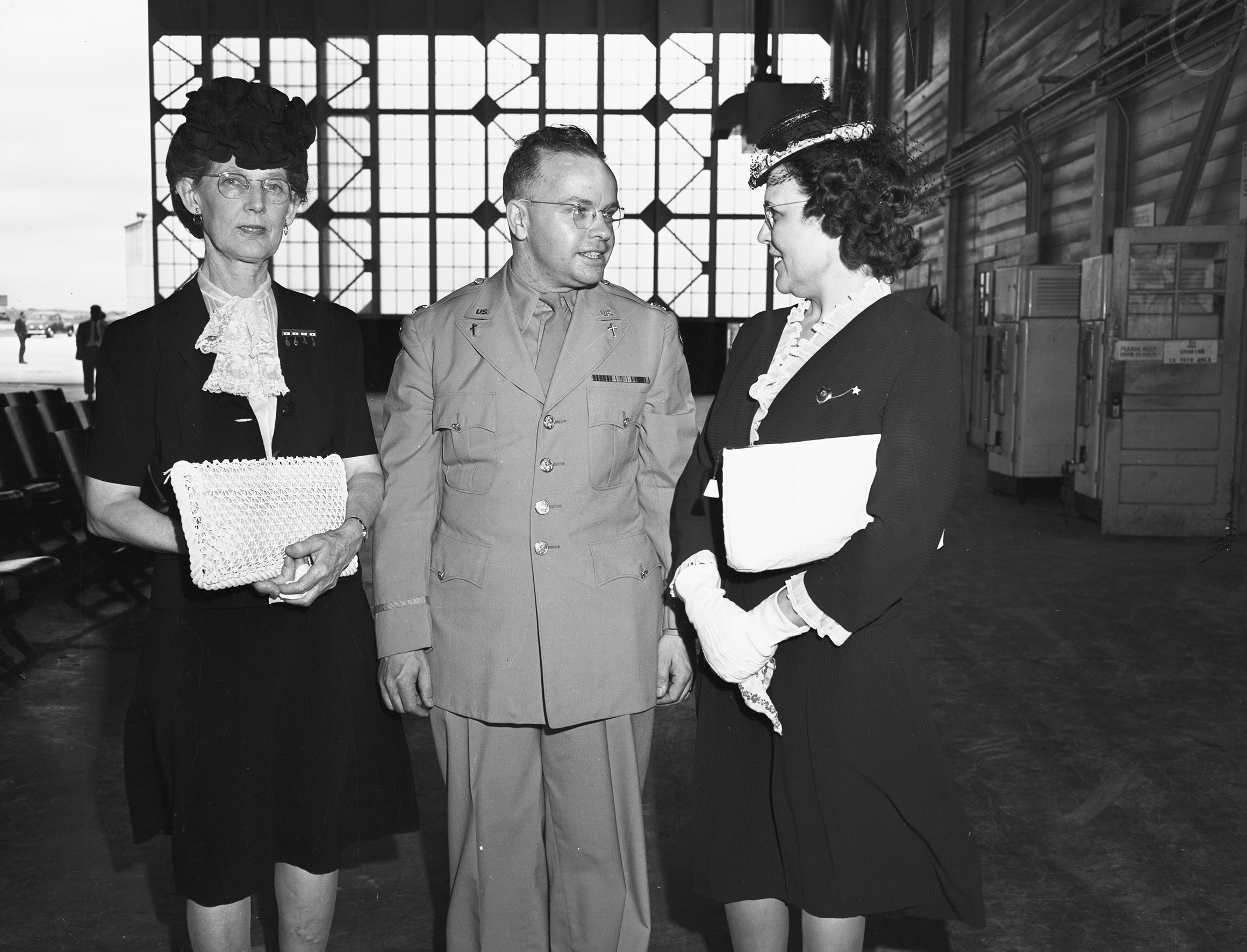
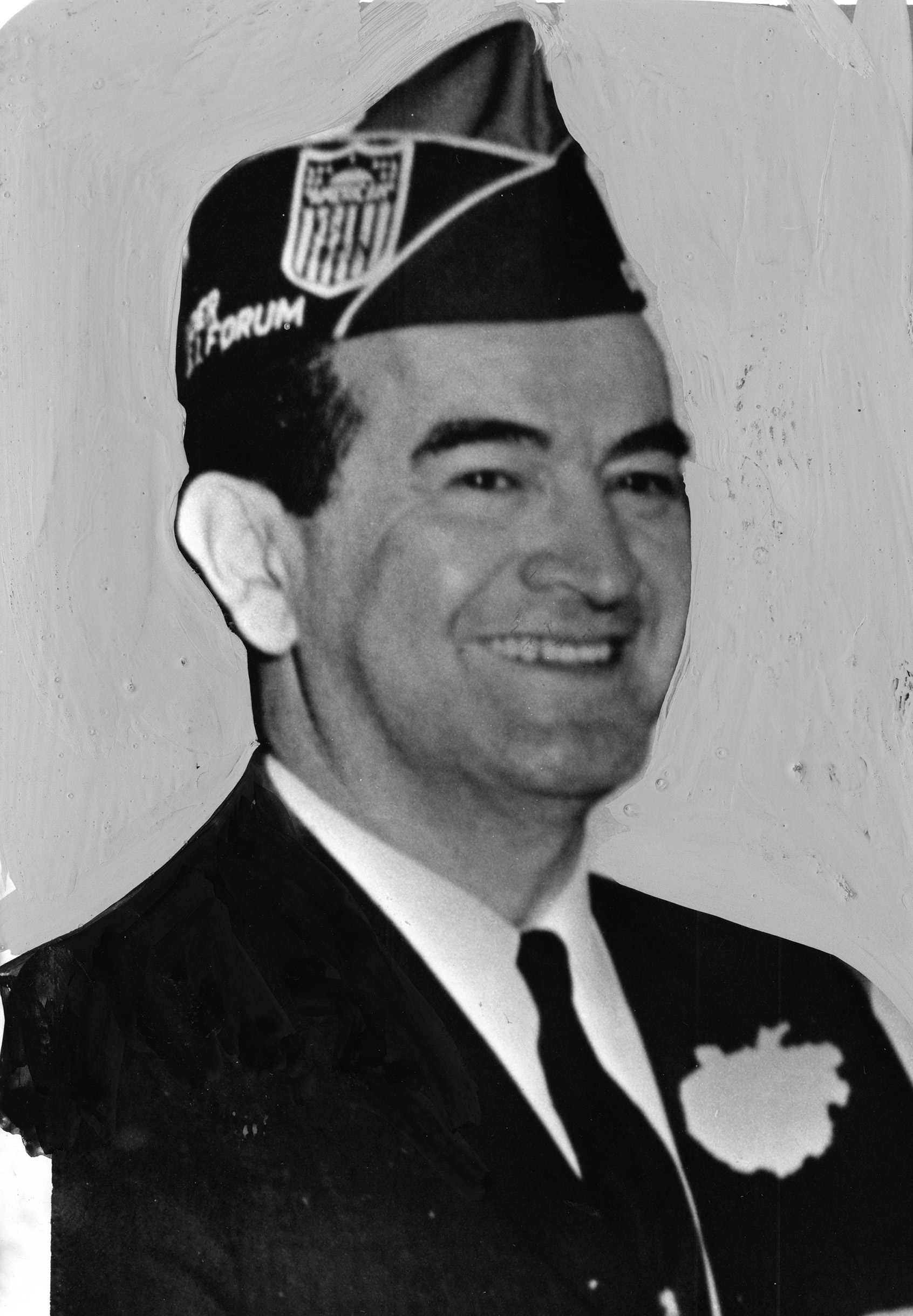
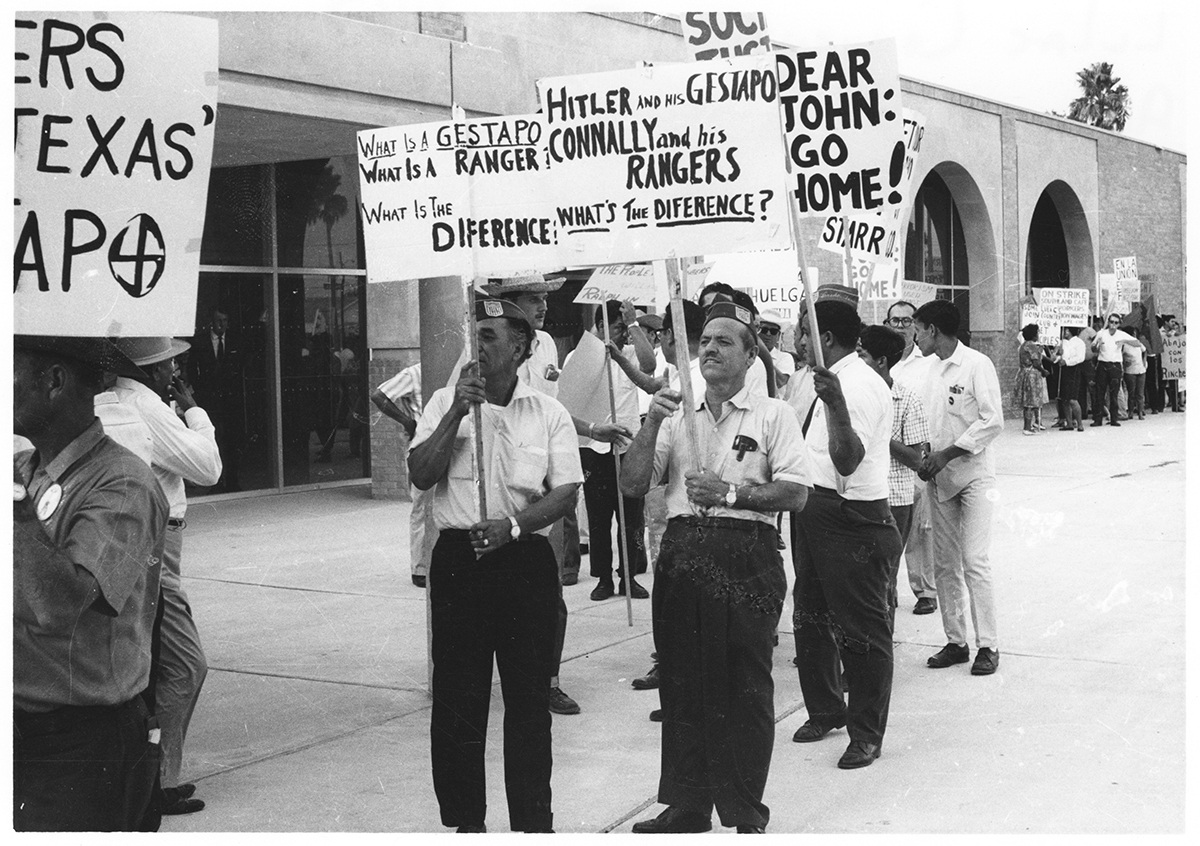
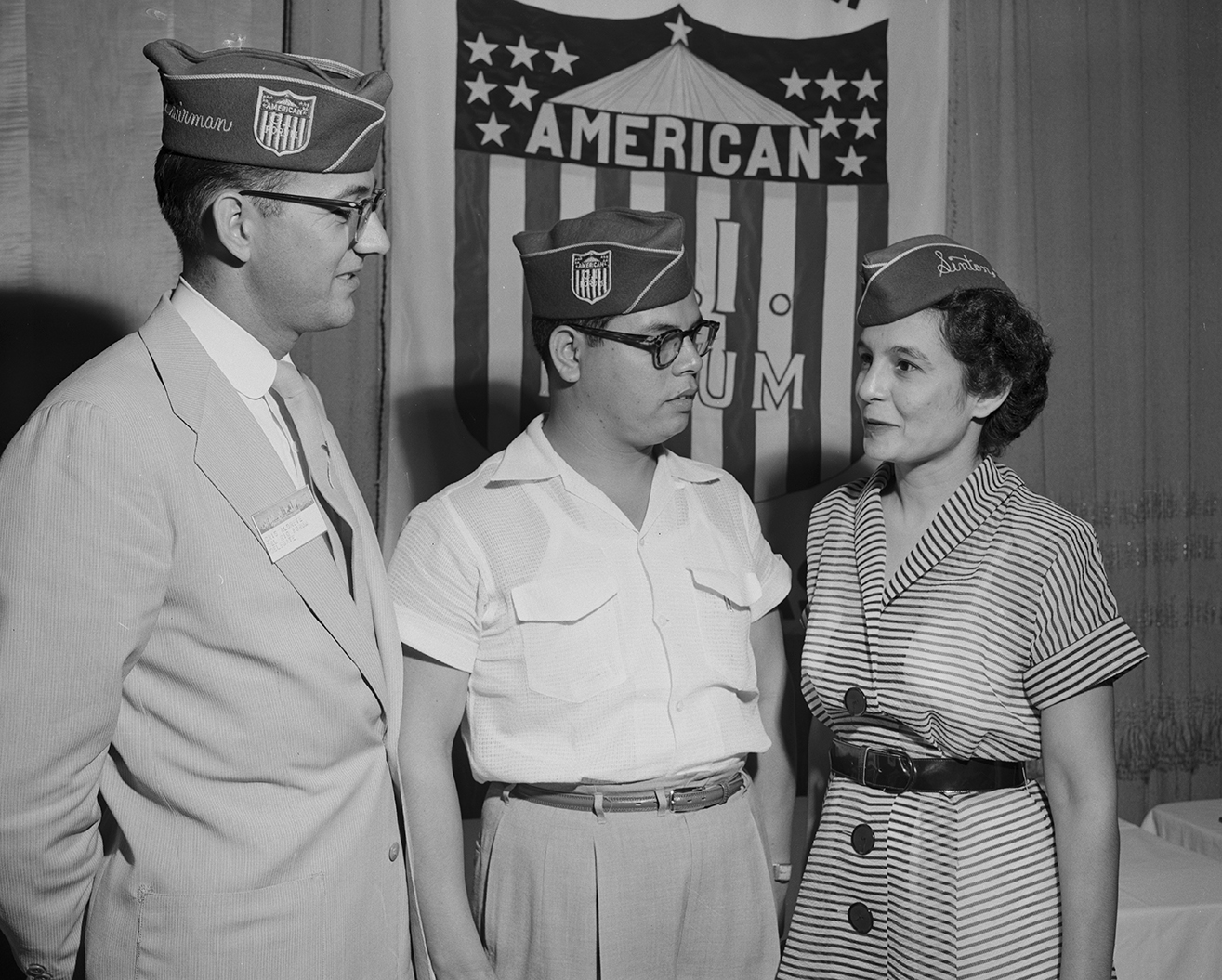
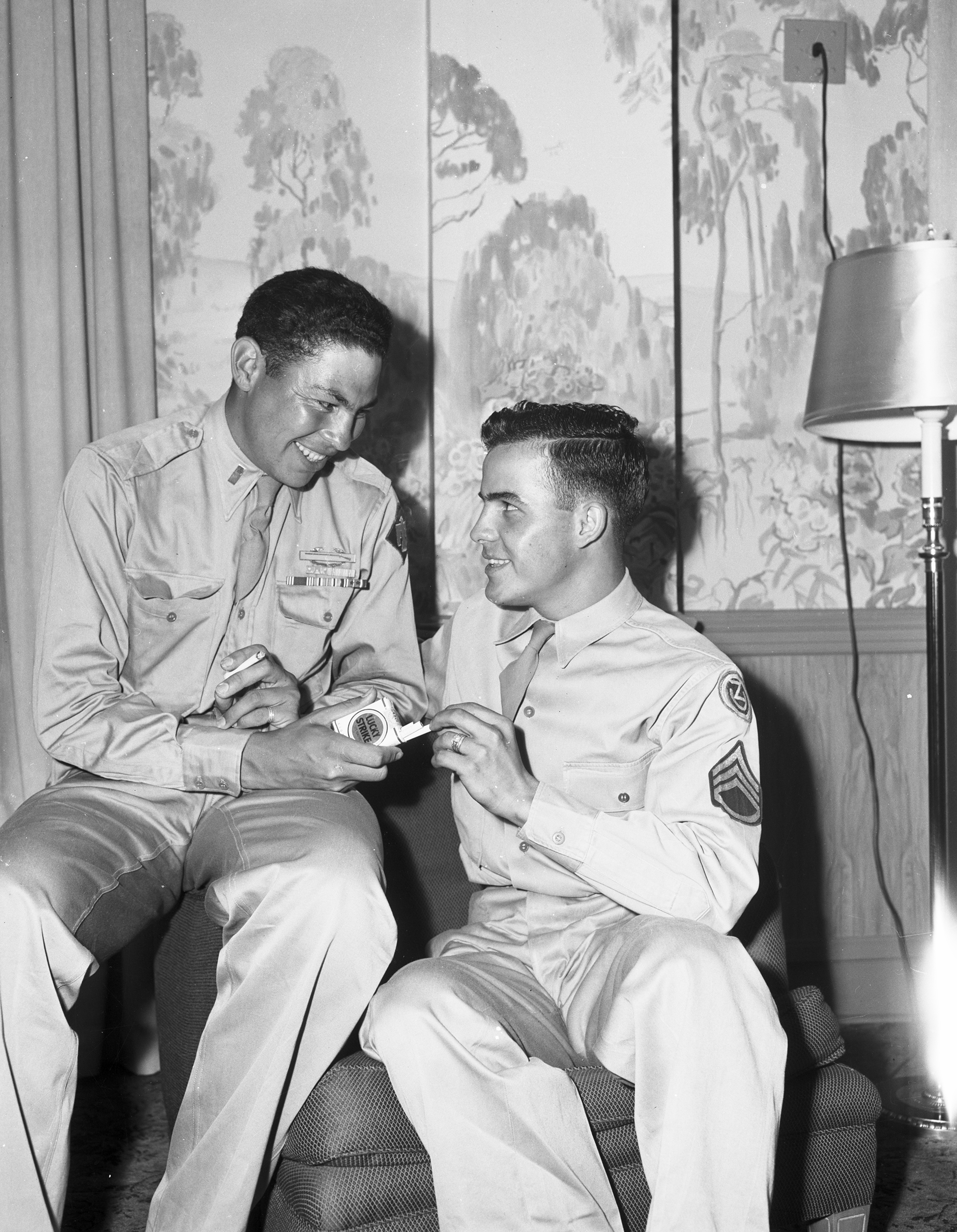
Add new comment